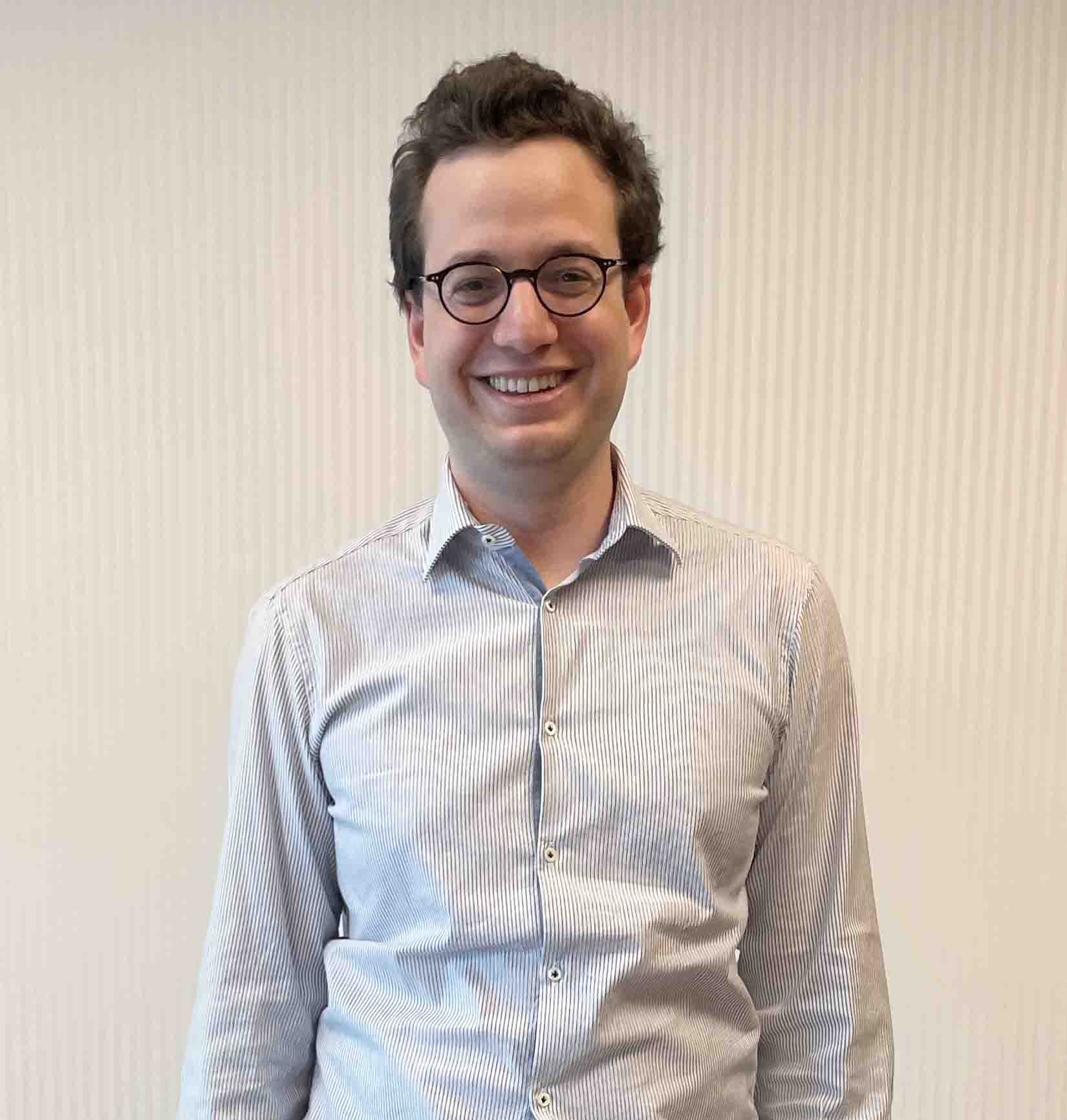Edgar de Picciotto, co-founder of ikigai, the beautifully designed digital banking app that uniquely combines financial self-care with wealth management, shares how to make your passive income work for you.
Financial resilience and power relies on the understanding of your income and is a necessity for a positive relationship with your money.
But understanding our income doesn’t just mean looking at what we are earning and from where anymore. These days, more of us are discovering and starting to understand that your income can come in many different forms – and no longer needs to be defined by what salary band you fall under.
When income comes into the conversation, most automatically look at our jobs, although some – such as multi-hyphenates, entrepreneurs, company partners or people working in private equity – may have more complex income streams.
And there are so many forms of income too, like the interest earned on a savings account, dividends that come from a successful investment, or the rent you receive on your spare bedroom.
The difference with these types of income is that they require far less day-to-day work. They’re forms of passive income.

What are the differences?
Active income includes salaries, tips and fees – all the things you’re paid for by an employer, whether that’s from full-time, part-time, freelance or contracted work.
Passive income, therefore, is money that comes into your account without directly working to earn it. Unlike your nine-to-five, passive income continues to flow into your accounts no matter what you’re doing – even if you’re retired, sick, or taking a holiday.
If you look at the definitions, then passive income is different from your active income because it’s working for you even when you’re not working for it. The benefit of passive income is that it makes you less reliant on your salary, giving you more security and freedom when it comes to your money.
Does passive mean easy?
In many ways, the phrase ‘passive’ income is a misnomer.
Almost all passive income concepts require some heavy lifting before they can be left to do the hard work for you. In most cases, setting up a passive income stream requires you to invest time or money – often both – into an asset that will, in due course, start paying you back.
Whether monetising a blog for extra income via affiliate links, or renting out a spare room in your property, the reality is that you need to spend time upfront in order to create the momentum required to keep the money coming in further down the line.
This doesn’t necessarily undermine the principles of passive income, but it’s important to remember that passive income is not a ‘get rich quick’ solution.
How do I get started?
There are a number of ways to begin earning through secondary means.
Many options involve monetising an asset that you already own – such as a blog or a social media channel, a spare room or a parking space. You could also create new assets that you can sell, like an ebook or online course.
Historically, earning interest on your savings could contribute a small amount to your income each year. However, as a result of the particularly low interest rates currently available on savings accounts, it’s no longer feasible to earn considerable interest. In fact, you could even be losing money by holding it in a savings account, thanks to inflation.
Clever Investing, risk with potential reward
Investing in anything means that your capital is at risk, but there are benefits to investing that can help you achieve your financial goals sooner and in some cases even generate a passive income.
For example, if you invest in certain stocks or funds, you can earn a dividend income. These are amongst the easiest ways to earn a passive income, often requiring you to simply set up a brokerage account. There are still considerations – they’re never guaranteed, and rates may go up, down or even be cancelled. Likewise, yields can vary from a fraction of a per cent to more than 10% with dividends, but these are usually clearly stated on the asset for investment. To make dividend income a more reliable source of income, you need to think strategically – do the research and ensure you diversify your portfolio.
The same goes with other kinds of investing. While the act of investing in things like stocks and shares is relatively passive, the research that goes into it is active. In many cases, it requires reading annual reports each day, to better understand whether or not a business is a good investment.
If you are unable to commit the time to this level of oversight, one option is to set up a fully-managed portfolio with a wealth management provider such as ikigai. This allows you to invest without having to do as much of the research yourself. As well as saving time, portfolios are pre-built meaning they are often diversified and can be matched to your risk appetite.
Ultimately, a passive income is at its most powerful when it makes your money or assets work as hard for you as you do in your job.
By doing some research to find the method that best suits your life and goals, you can make the most of what you have and grow your wealth without compromising your financial health.

